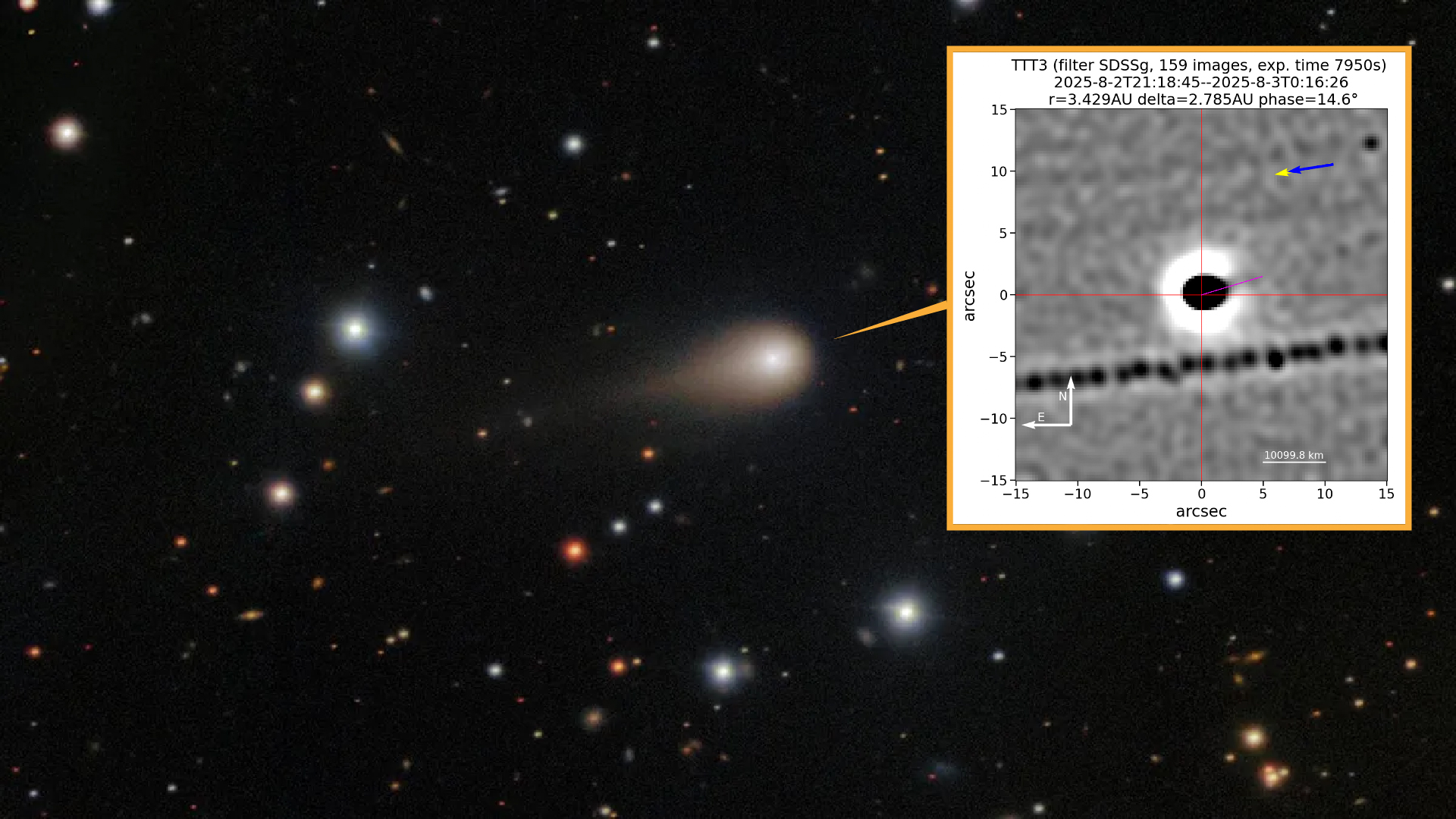The Year in Climate Change: 2016's Most Depressing Stories
The Most Depressing Global Warming Stories of the Year

On social media, 2016 has jokingly been called "the year on fire," and in terms of climate change, it was. Though there were some environmental successes this year, such as the Paris climate agreements becoming law, 2016 had some very depressing headlines regarding global warming and the planet's overall environmental health. Here is some of the most dismal news to come out of "the year on fire."
The Hottest Year on Record

2016 burned through heat records, and the year is poised to be the hottest year since recordkeeping began 122 years ago, by a significant margin. At only the halfway point of 2016, NASA had announced that each of the first six months (from January to June) set new temperature records. Also, July and August were tied as the hottest month the world has seen in the last 136 years. By November, global temperatures had averaged 2.2 degrees Fahrenheit (1.2 degrees Celsius) above pre-industrial levels, according to the World Meteorological Organization. The Copenhagen Accord in 2009 stated that warming should not increase by more than 2 degrees C (3.6 degrees F) this century, to hopefully avoid the worst impacts of climate change. The staggering heat felt this year follows what was the hottest five-year period on record, 2011-2015.
U.S. Presidential Election Results

With the election of Donald Trump as the next president of the United States, the future of climate change mitigation has been called into question, despite the landmark Paris agreements becoming law this year.
President-elect Trump has claimed that "the concept of global warming was created by and for the Chinese in order to make U.S. manufacturing non-competitive," according to a tweet posted by Trump in November 2012. Speaking about climate change in response to a slew of science-related questions, Trump referred to the issue in quotation marks and said: "There is still much that needs to be investigated in the field." The president-elect has also said that one of the top priorities for his presidency would be to remove the United States from the landmark Paris agreements, thwart the Clean Power Plan and boost the domestic coal and oil industries.
Trump has already made political moves to stifle climate change as a national concern. He has nominated a climate change denier and an ardent opponent of regulations for greenhouse gas emissions as Secretary of Interior, U.S. Rep. Cathy McMorris Rodgers. The president-elect has also chosen Scott Pruitt, Oklahoma's attorney general and a champion of the oil and gas industry, to run the Environmental Protection Agency — an agency that Pruitt is a vehement critic of.
400 PPM Milestone
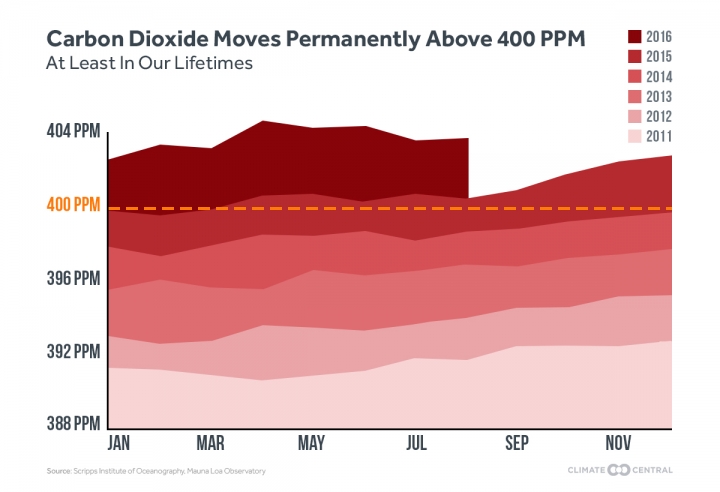
Scientists predicted that this year the global atmospheric carbon dioxide concentration would pass the 400 parts per million mark, permanently. In September, a month when carbon dioxide is typically at its lowest, the monthly value failed to drop below 400 ppm for the first time. The 400-ppm milestone is largely symbolic, a sign of modern civilization's devastating impact on the planet, climate scientists have said. Since the industrial revolution, humans have been adding more carbon dioxide to the atmosphere than plants can take up. This process has driven carbon dioxide levels higher, adding to the greenhouse gas effect and increasing temperatures, along with many other climate change impacts.
Arctic Sea-Ice Lows
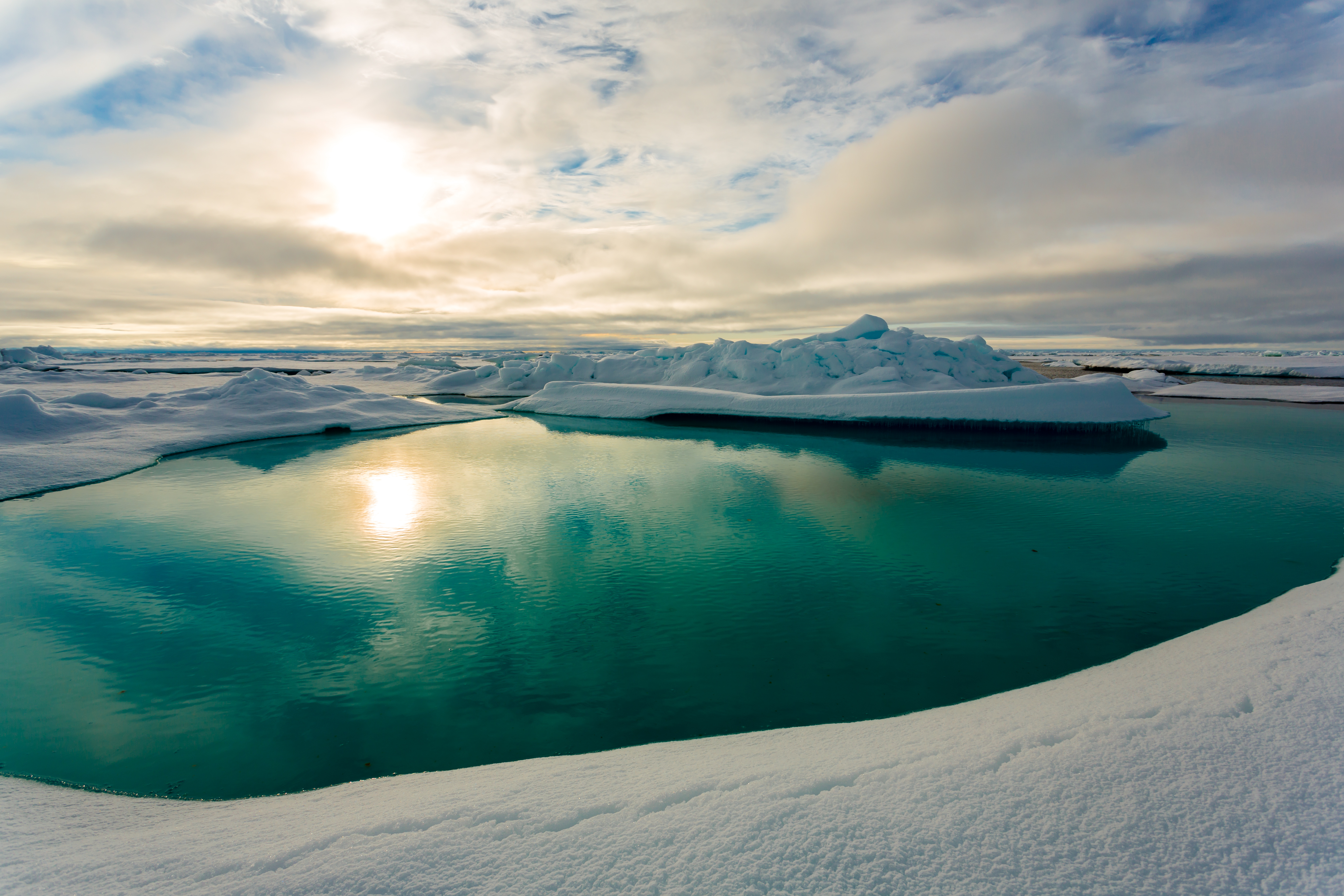
This year, the Arctic saw record lows for both the cover of sea ice during the winter (when it reaches its peak extent) winter and summer (when it reaches its minimum extent). Sea ice also made a virtually unprecedented cold-season retreat in mid-November due to unseasonably warm weather. Air temperatures set new records in the Arctic this year, and the Greenland Ice Sheet experienced its second earliest spring melt on record, according to NOAA's annual Arctic Report Card. The report found that in 2016 ice levels showed the strongest, most pronounced signal of persistent warming due to climate change. In fact, the Arctic has continued to warm at twice the rate of the planet as a whole. With winds pulling warmer air up from the south, some areas of the Arctic experienced temperatures 14 degrees F (8 degrees C) above average this year, according to the Arctic Report Card.
Get the world’s most fascinating discoveries delivered straight to your inbox.
Climate Refugees Becoming a Reality
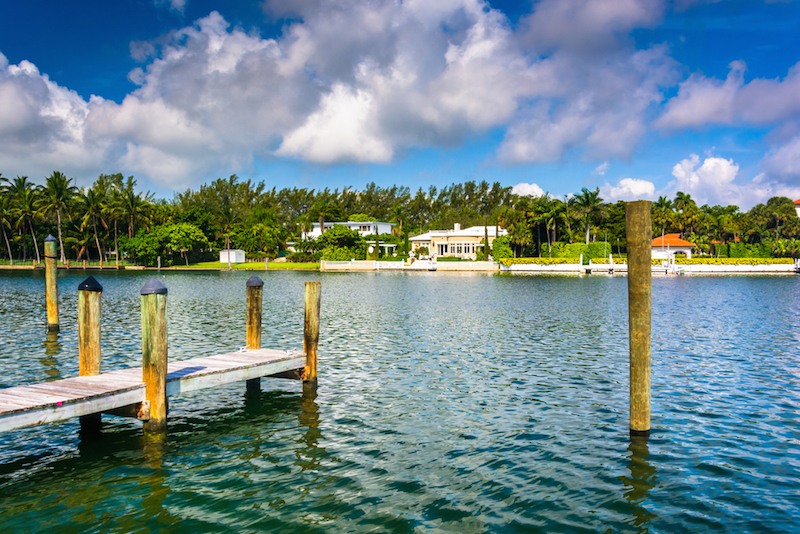
Global sea levels are on the rise due to climate change, and scientists this year have said the consequences could be even scarier than the worst-case scenarios predicted by climate models. Data collected by NASA satellites found that global sea levels are rising at a rate of about 1.9 millimeters (0.07 inches) per year, and models predict that sea levels could rise as much as 21 feet (6.4 meters) in the next century, if global warming continues unabated.
Globally, researchers estimated this year that about one-quarter of the world's population now lives in coastal areas that will be unlivable by the year 2100 because of rising sea levels. In the United States, new research suggested that more than 13 million Americans could become climate refugees if the oceans rise about 6 feet (1.8 m) by 2100. Rising seas would leave hundreds of U.S. countiespermanently flooded. According to the study, Miami-Dade, Florida, would be the hardest-hit county — 2 million people could be forced to relocate by 2100. About half of all the potential climate refugees would be from Florida.
Coral Reefs Are Dying
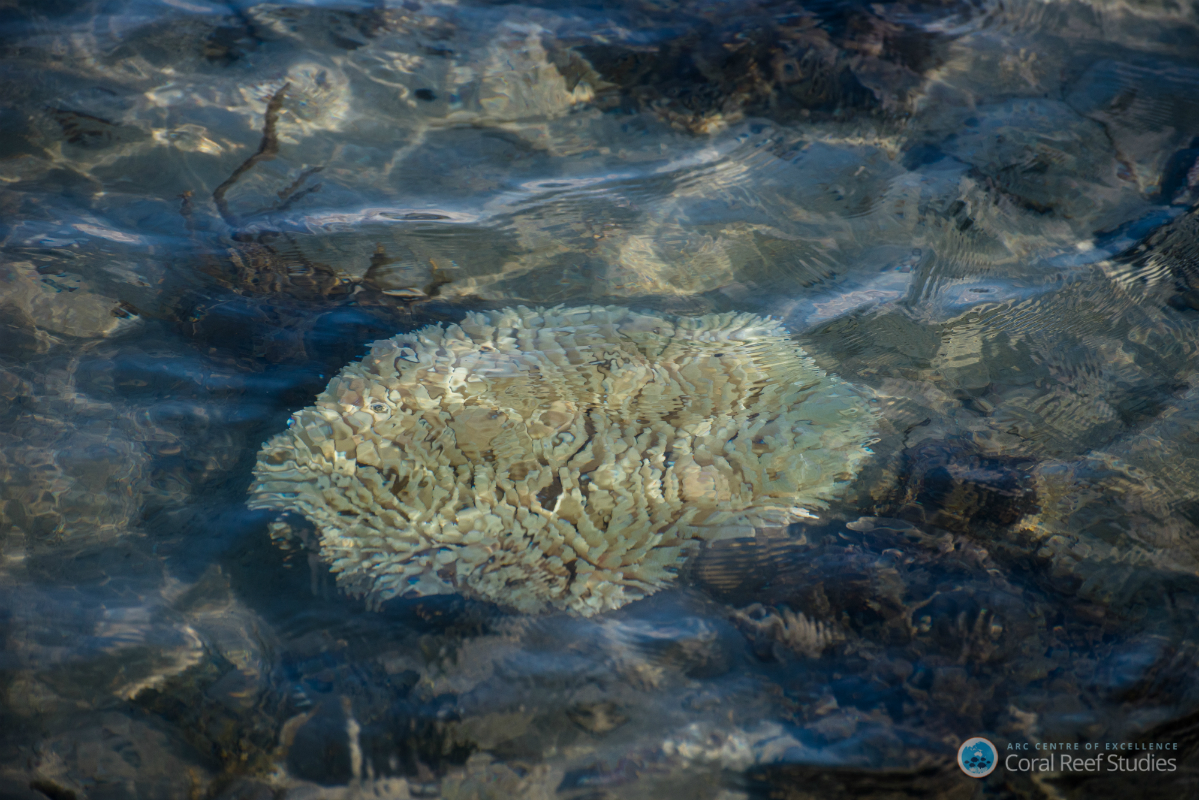
"The worst mass bleaching event in its history," is how the Australian Research Council described the Great Barrier Reef's bleaching this year. Observations of more than 500 coral reefs spanning across 2,485 miles (4,000 kilometers) showed that the majority of reefs were undergoing extensive and severe bleaching — when stressed coral expel their algae, which give them their color and so without them the corals appear ghostly. Bleaching can be fatal for corals if the stress is too intense, or if it continues for too long.
And in a different study this year, researchers said the best-protected area of the Great Barrier Reef is dying. More than half of the corals along a once-pristine stretch of 200 miles (320 km) of remote Australian coastline are now expected to die soon. Despite protection via marine parks, global warming has caused intense coral bleaching in the remote area and the impact is irreversible, the scientists said.
Ice to Release Cold War-Era Toxic Waste
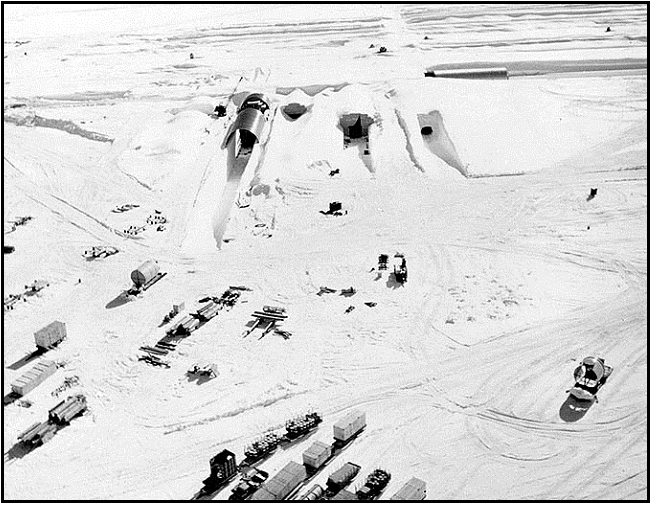
Toxic waste from a long-abandoned Cold War-era camp could leach into nearby ecosystems as temperatures warm in Greenland. The site, known as Camp Century, covers 136 acres (0.55 square kilometers) — about the size of 100 football fields — and includes approximately 53,000 gallons (200,000 liters) of diesel fuel; building materials; and 63,000 gallons (240,000 liters) of wastewater, including a large amount of sewage. Researchers warn that as temperatures rise, meltwater could move through the ice, absorbing toxic waste from the camp and carrying it to the coast. In about 75 years, if human-driven climate change continues unabated, the ice covering the site will melt, they said. One of the most worrisome contaminants frozen at the site are polychlorinated biphenyls (PCBs), chemicals that were once widely used in electrical structures and equipment. Studies have shown the chemicals to be harmful to the immune system, reproductive system, nervous system and endocrine system.
Deadly Tornado Clusters
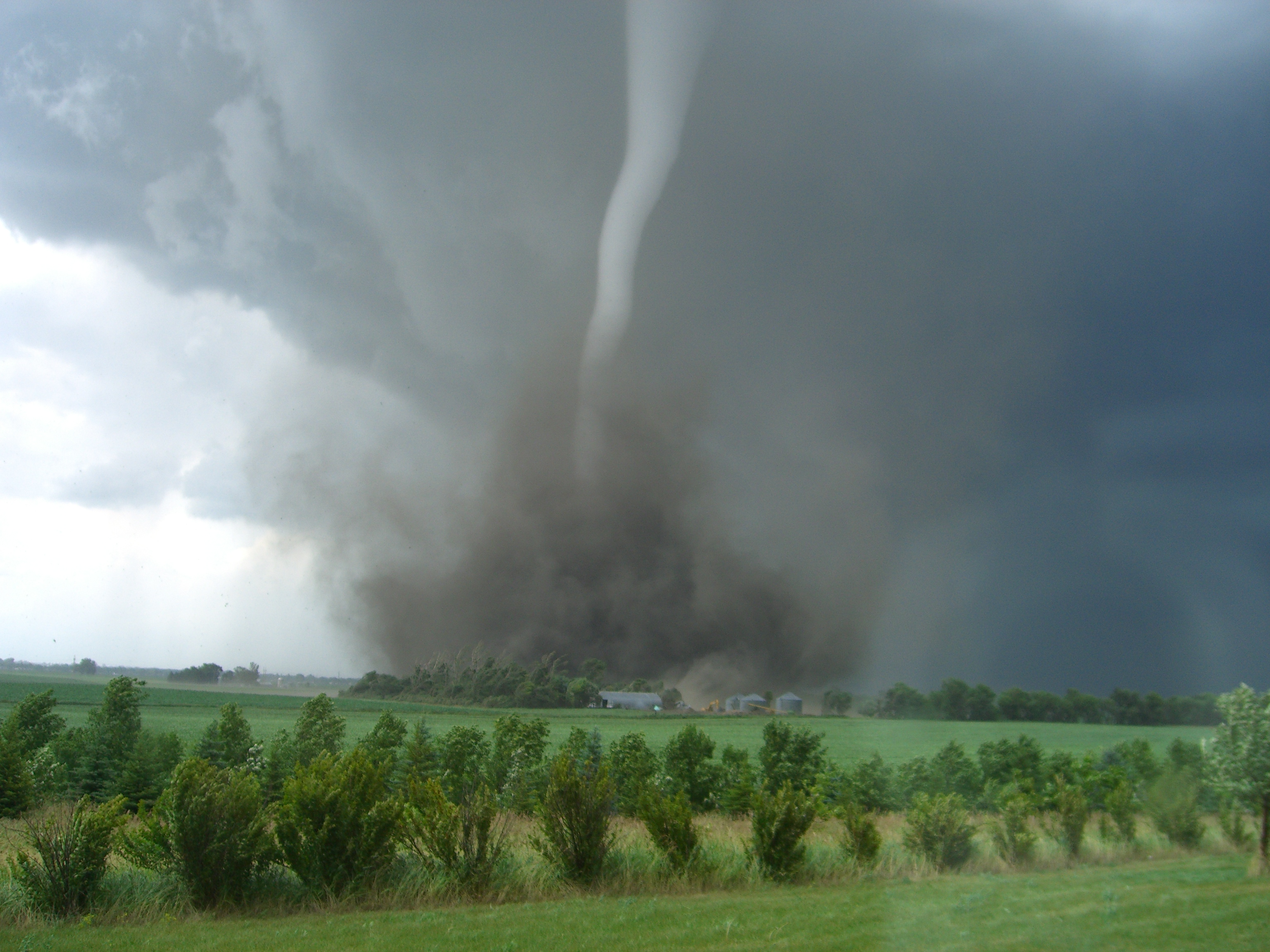
utbreaks of twisters that span several days, known as tornado clusters, are becoming more common as the warming planet causes shifts in weather patterns across the U.S. These cluster outbreaks are responsible for 79 percent of tornado-related fatalities. New research showed that the number of tornadoes per outbreak is increasing, and the chance of outbreaks has increased 4-fold. The study found that the risks from tornado outbreaks are rising far faster than previously recognized, and the trend will likely continue.

